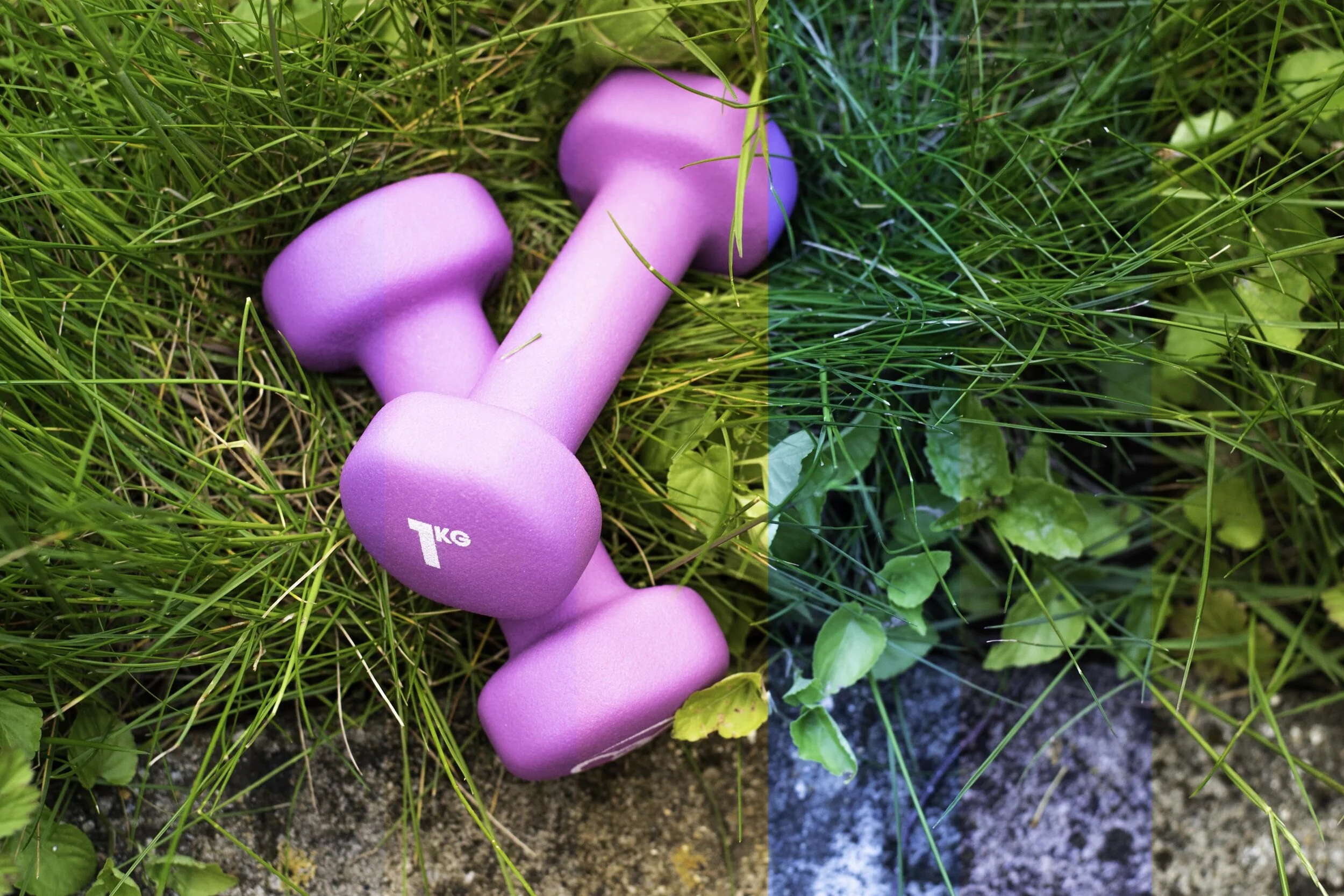UNDERSTANDING THE WHITE BALANCE IN PHOTOGRAPHY
Why should you be concerned about white balance?
Theory - White balance is the colour balance on a digital camera. White balance controls the tone of a picture. White balance balances your image's colour temperature. It adds the opposite colour to the image to bring the colour temperature back to neutral. Instead of whites appearing blue or orange, they should appear neutral after correctly white balancing an image.
White Balance
HERE IS THE LIST OF WHITE BALANCE OPTIONS FROM THE BACK OF A DSLR.
WHEN PHOTOGRAPHING IN A STUDIO OR GYM, TRY EITHER INCANDESCENT OR FLUORESCENT, WHEN PHOTOGRAPHING, WITHOUT FLASH
WHEN USING STUDIO, STROBE OR FLASH TECHNIQUES, USE THE FLASH OPTIONS.
WHEN SHOOTING OUTSIDE USE EITHER OF THESE THREE CLOUDY SHADE OR DIRECT SUNLIGHT
Here is a brilliant Nikon article on how to set your white balance in live view:
To learn more, watch this great white balance video. I have used it multiple times when teaching students or people about white balance.
White balance knowledge is useful for all types of photography, so once you learn this knowledge, you can use it for all types of photography.
The main reason behind writing this blog was to show how white balance can affect your photos negatively. When shooting fitness photography in a gym or outside. The issue of white balance is the primary concern when shooting in a gym, as the lighting will affect the people in the pictures without flash lighting. It overpowers the strength of lighting in a room or location when using studio, flash or strobe lighting. This tip can be used and considered in many other types of photography, like headshots, weddings or night photography. All forms of photography, however, will be affected by an incorrect white balance.
When I photograph in a gym, I tend to set my camera to Flash as I always use flash or studio lighting. If you have no extra lighting, you may have to try out the different white balance options on your camera or simply use Auto white balance.
You may wonder, what am I looking for or trying to notice in my pictures when there is no flash?
Tip: Keep an eye on the whites in the picture. Are they pure white or tinted orange or blue?
Kelvin Chart
Theory - Light is measured in kelvin units, this is why it is called kelvin, it is just like oz is an ounce to measure out ingredients.
This chart shows you the set colours per light source, so when checking which white balance to use on your camera, look at which makes the image on the back of the camera have pure whites with no tint of colour.
Take a look at these examples of the different tones
The issue you have is the incorrect blue or yellow tone for white areas. This will affect all the colours and tones in the entire picture.
Which out of the four images above is the best?
I found this incredibly helpful website that had these helpful tips for understanding white balance and colour temperature.
Colour temperature is the light source's colour
Different types of lights may tint differently
Set your camera’s white balance.
Use Live View to dial in your White Balance
Shoot in RAW for more latitude when adjusting Color Temperature and Tint during post-production
Calibrate your display or monitor
Link to the site to learn more - https://www.slrlounge.com/workshop/white-balance-and-color-temperature/
If you have reached this page, you have read the information given. Understanding white balance and ways to correct this either in-camera or during editing is useful to ensure each image has the correct colours and tones.
Here is an excellent video that shows you three ways to correct white balance when editing in Lightroom.
I am sharing this video without evidence of my own Lightroom process. I feel that you need to learn how to achieve the correct white balance in a camera before editing. I hope this blog has been useful and if you would like to learn more, please schedule a 1:1 session.
Thank you for reading my blog
If You Enjoyed This Blog, Please Sign Up For My Regular Blog Newsletter.
Please leave any comments or subject suggestions that you would wish for me to cover on the subject of Photography.
Thank you for reading.







